New Delhi: The countdown to the 2019 Lok Sabha polls is underway after the Election Commission announced the dates for the seven phases Sunday.
The Narendra Modi-led BJP is bracing for a tough fight this time after coming to power in 2014 with a simple majority, thanks to what was called the ‘Modi wave’.
At the time, the party had made a host of promises in its manifesto on a wide range of issues such as bringing back black money, taking measures to improve the lot of women and the girl child, reviewing the education policy, developing 100 smart cities, constructing the Ram temple in Ayodhya and even ensuring the return of Kashmiri Pandits to Jammu and Kashmir.
ThePrint revisits those promises to see how much the BJP has been able to deliver to India’s masses. Spoiler alert: It’s been a mixed bag — though the BJP-led government scores high in terms of launching the promised schemes, when it comes to their implementation, the party’s track record has been middling.
Corruption & black money
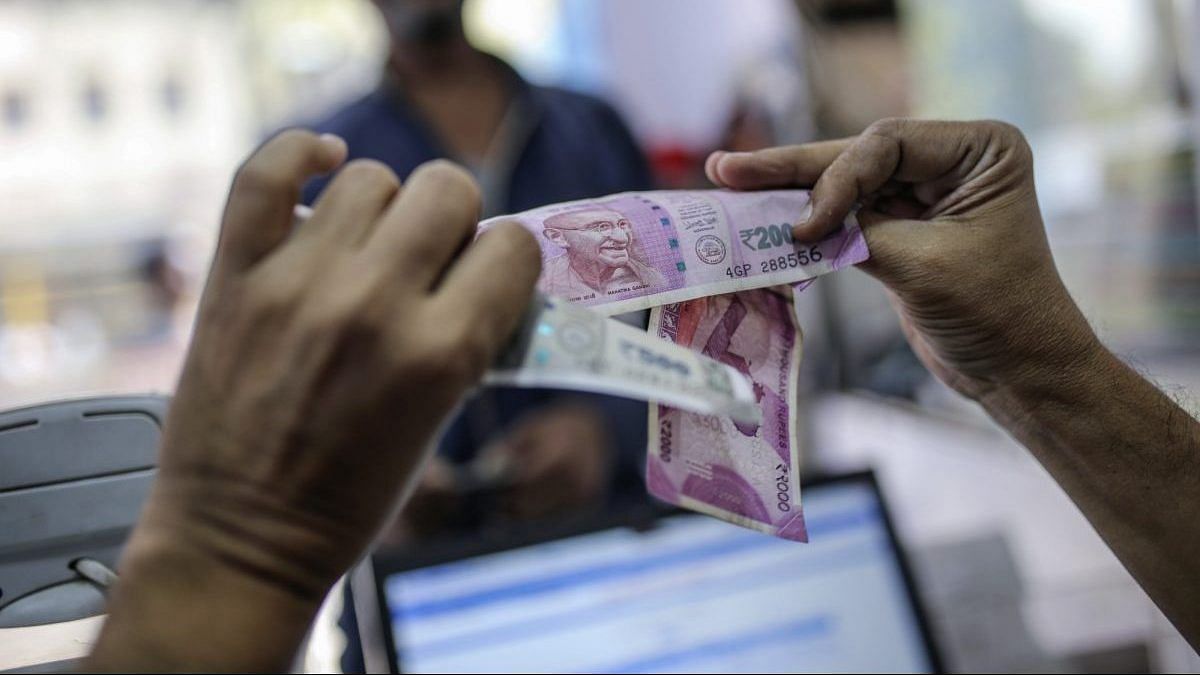
What the manifesto said: Establish a system which eliminates the scope for corruption. BJP is committed to initiate a process to track down and bring back black money stashed in foreign banks and offshore accounts.
Status: The government has introduced a slew of reform measures, including the enactment of Black Money and Imposition of Tax (Undisclosed Foreign Income and assets) Act, 2015, though it is yet to yield substantial results.
The government also announced the demonetisation of high value currency in 2016 to curb black money. However, with more than 99 per cent of the demonetised currency being returned to banks, its success is still open to debate.
Employment
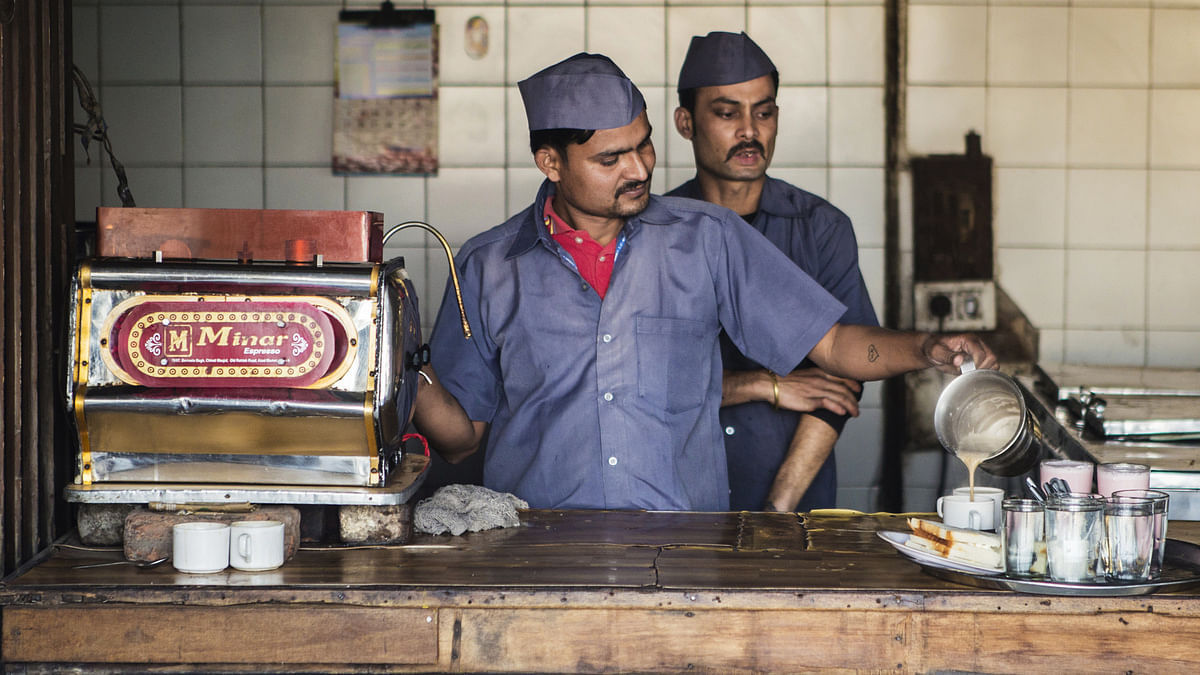
What the manifesto said: Address the employability issue by initiating a multi-skills development programme. Focus on job creation in both rural and urban areas. Encourage and empower youth through self-employment.
Status: In February 2019, Business Standard quoted an unreleased periodic labour force survey report of the National Sample Survey Organisation, according to which unemployment rate in India in 2017-18 was at a 45-year high of 6.1 per cent.
The government, however, has initiated a series of measures to promote self-employment. This includes launching schemes such as Mudra Yojana and Start-Up India.
Economic revival
What the manifesto said: Strictly implement fiscal discipline, without compromising on funds availability for development work and asset creation.
Status: The government breached the fiscal deficit target it set for itself at the beginning of its five-year term.
Taxation
What the manifesto said: Rationalise and simplify the tax regime, bring on board all state governments in adopting GST.
Status: The government implemented GST on 1 July 2017 to unify India into a common market. Although a landmark reform, its implementation has been marked by teething problems. Following protests and pressure from traders, the government was forced to revise original GST slabs of goods several times since its launch.
Terrorism, extremism and crime
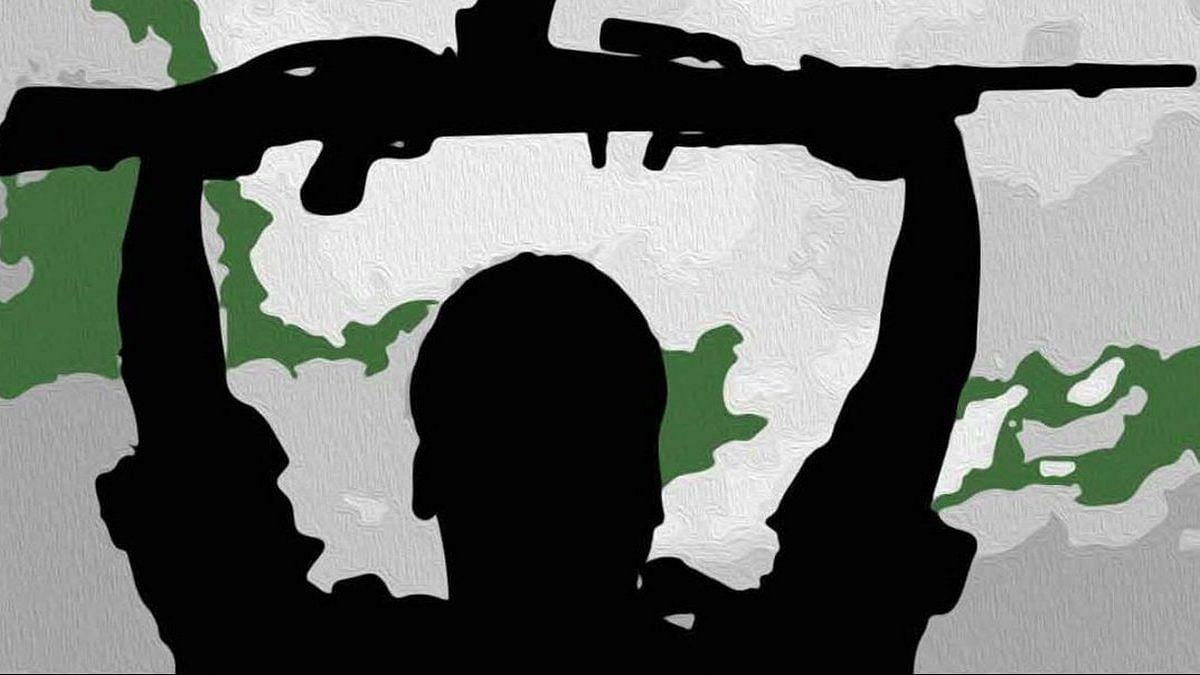
What the manifesto said: Deal with cross-border terrorism with a firm hand. Strengthen the role of the National Investigation Agency and put in place a system for swift and fair trial of terror-related cases.
Status: Since 2014, be it Uri or Pulwama, the government has dealt with cross-border terrorism with an iron fist. It responded to the killing of 18 jawans in the 2016 Uri attack with surgical strikes in Pakistan-occupied Kashmir, destroying terror infrastructure, while in response to the 14 February 2019 Pulwama attack that killed 40 CRPF personnel, it carried out air strikes on a Jaish-e-Mohammed camp at Balakot in the Khyber Pakhtunkhwa province of Pakistan.
Plans are also afoot to further strengthen the NIA.
Agriculture
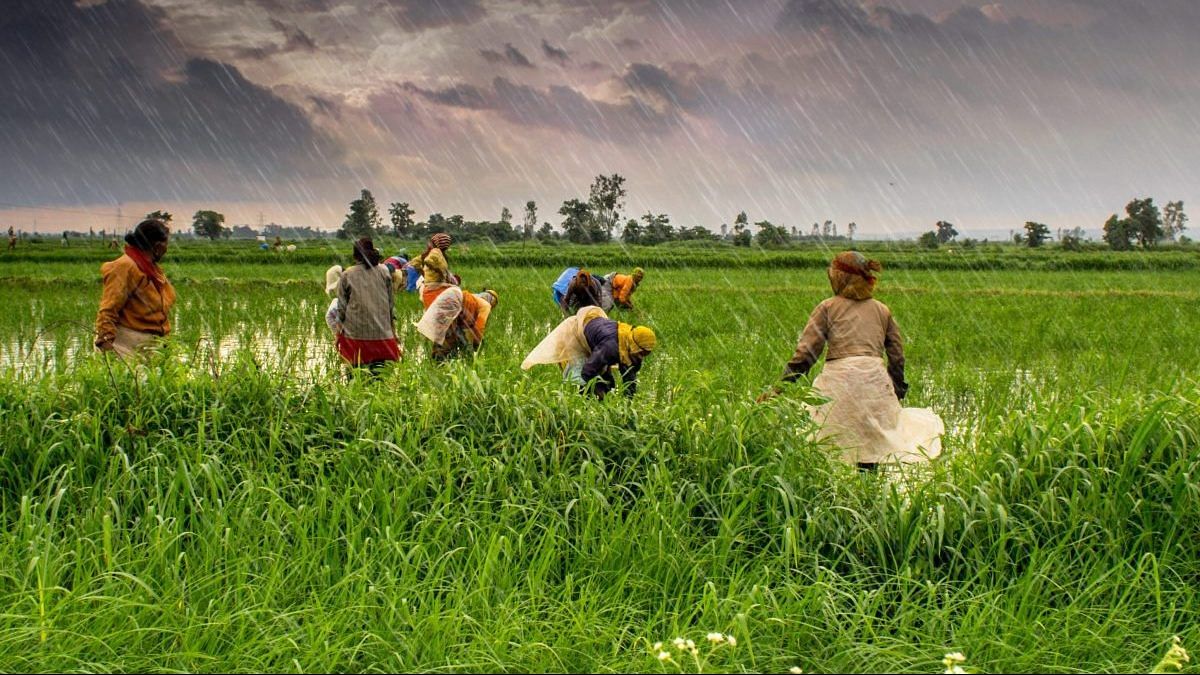
What the manifesto said: 1) Price stabilisation fund to help regulate price volatility of important agri-horticultural commodities such as onion, potatoes and pulses.
Status: Although the fund was set up in the 2014-15 fiscal, it has, by-and-large, remained ineffectual.
2) National Agriculture Market (NAM) for electronic trading and connecting the existing Agriculture Produce Marketing Committees and other market yards to create a unified national market for agricultural commodities.
Status: The government set up the NAM in 2016, but making it a unified national market remains a challenge.
3) 50 per cent profits for farmers over cost of production.
Status: The government increased the Minimum Support Price (MSPs) for all notified kharif, rabi and other commercial crops with a return of at least 50 per cent of the cost of production for the season 2018-19.
Also read: Why higher MSPs don’t really help the Indian farmer in the long run
Education
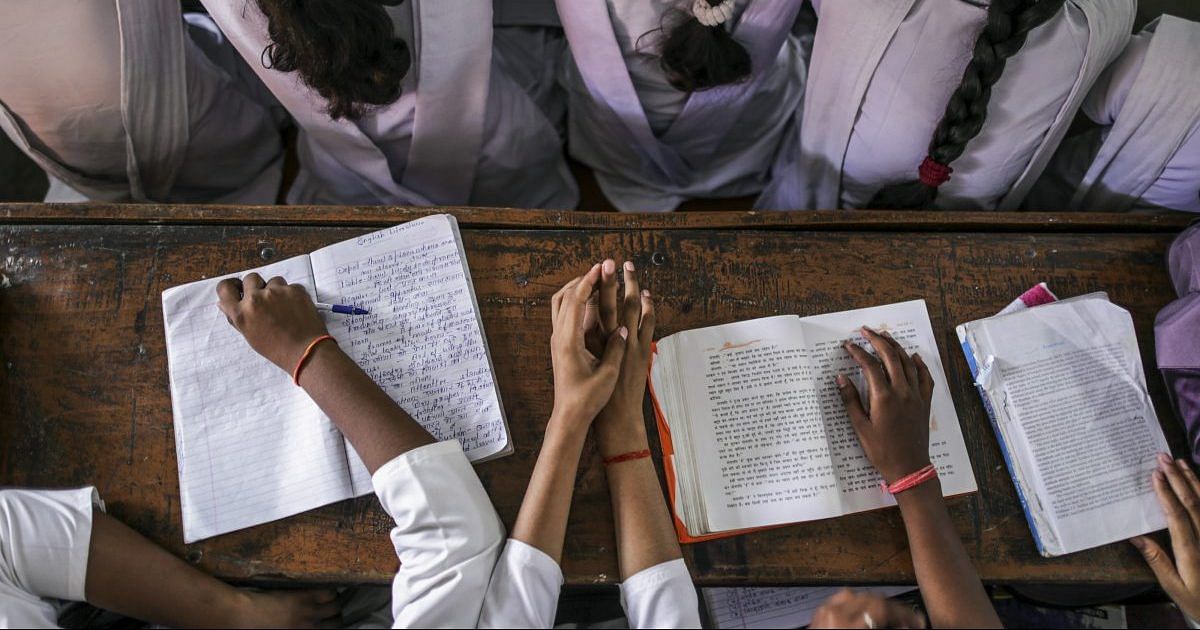
What the manifesto said: The content of school education will be reviewed. University Grants Commission will be restructured and transformed into a Higher Education Commission. A National Commission for Education will be set up that will report on the state of education and reforms needed in two years.
Status: The National Education Policy is yet to see the light of day. While a restructuring of the UGC is in the works, greater autonomy is being accorded to institutions to restrict UGC’s role.
Skills
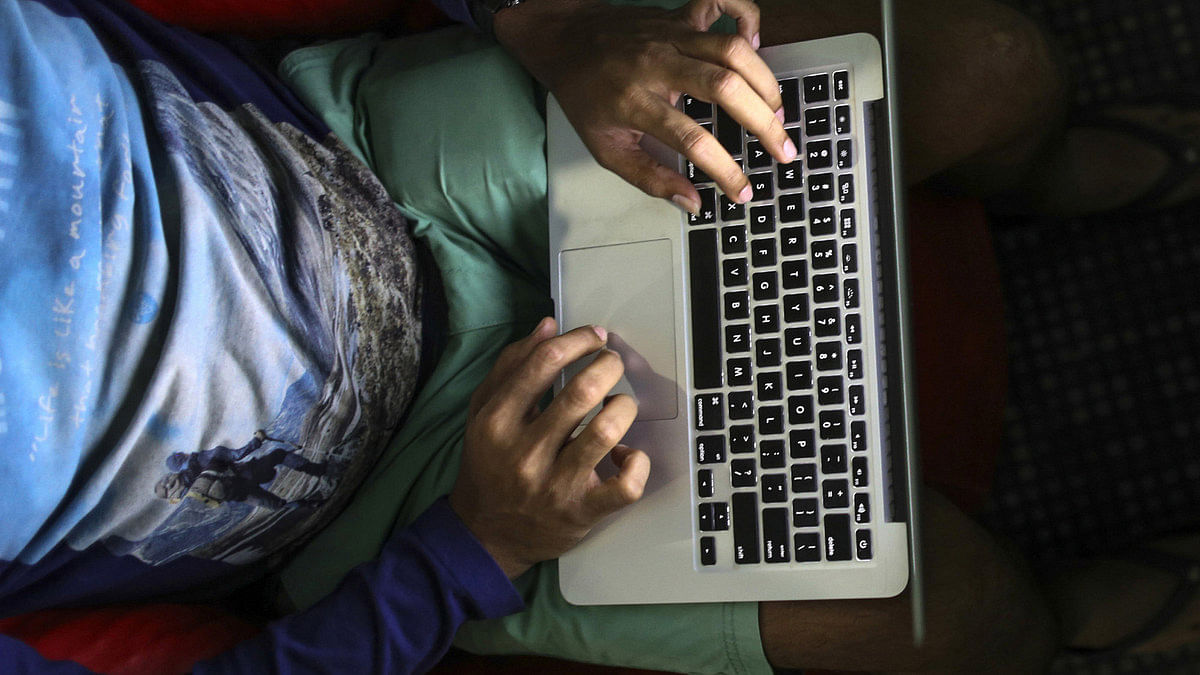
What the manifesto said: Launch a National Multi-skill Mission. Set up centres of excellence in various sectors in partnership with the industry.
Status: To fulfil its promise, the government created a full-fledged ministry of Skill Development and Entrepreneurship on November 2014. The National Skill Development Mission was also launched subsequently. The government has set a target of training 500 million people in new skills by 2022. The government also started Pradhan Mantri Kaushal Kendras.
Also read: Govt plans higher education revamp — study at one university, get your degree from another
For SCs, STs, OBCs and other weaker sections
What the manifesto said: Highest priority will be accorded to ensure their security, especially the prevention of atrocities against SCs & STs. Eliminating manual scavenging.
Status: In August 2018, Parliament passed the Scheduled Castes & the Scheduled Tribes (Prevention) of Atrocities Amendment Act, 2018, which restored safeguards against arrests under this law. The amendment was necessitated after the Supreme Court diluted certain provisions of the Act, including one that said approval of a senior superintendent of police will be required to arrest persons accused of committing an offence under the Act.
Although the BJP said it would eliminate manual scavenging, not much action has been taken on the ground. There have been numerous reports of people dying while cleaning sewers.
For women and children
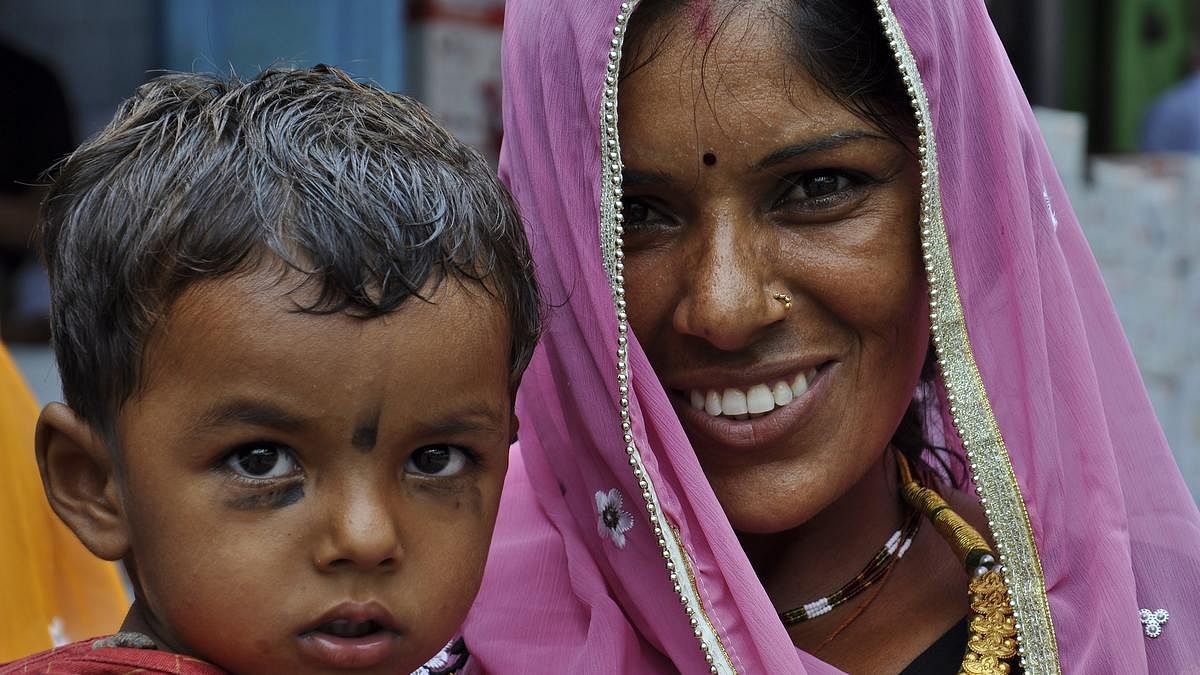
What the manifesto said: Beti Bachao, Beti Padhao (BBBP), a national campaign for saving the girl child and educating her, will be launched.
Status: BBBP was launched in January 2015. According to a press statement issued by the Women and Child Development Ministry, an improving trend in Sex Ratio at Birth was visible in 104 districts between April-March 2015-16 and 2016-17. The ministry has now expanded the programme to 244 districts.
Housing
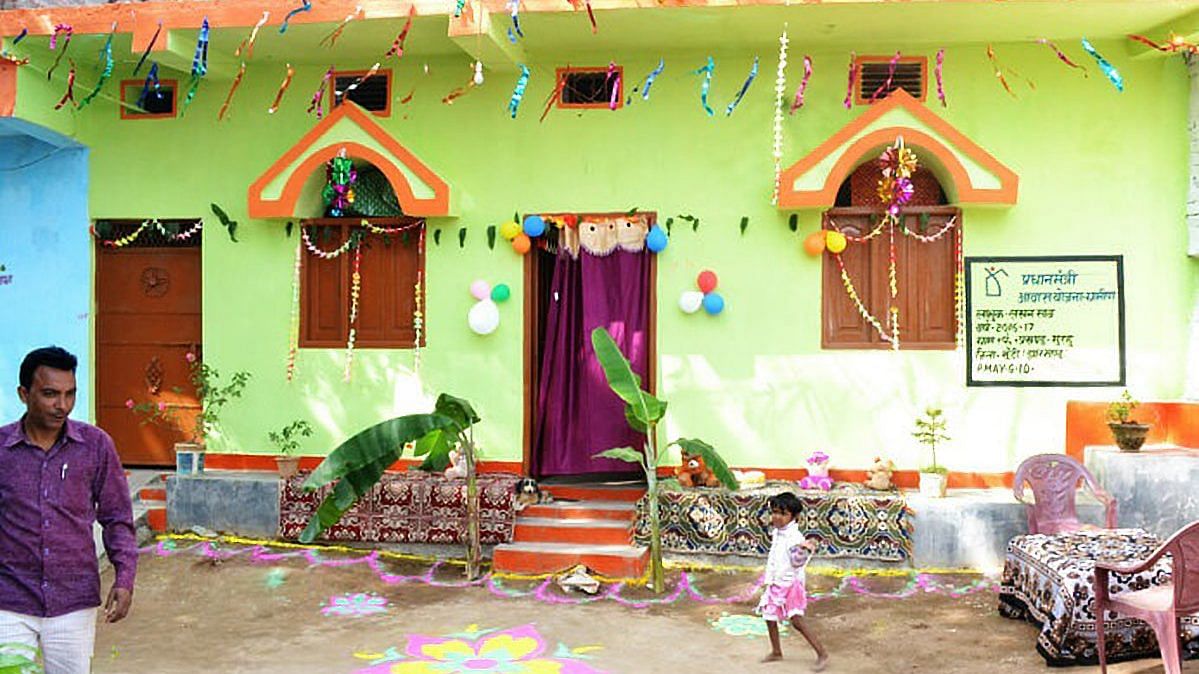
What the manifesto said: Low-cost housing programme to provide every family a pucca house of its own by 2022.
Status: The Pradhan Mantri Awas Yojana (PMAY) was launched in June 2015. Until December 2018, of the over 68.5 lakh houses sanctioned in urban areas, more than 12 lakh had been completed.
The rural leg of the PMAY was launched in November 2016. According to a rural development ministry release, until February 2019, 66.6 lakh homes have been completed. The remaining 33.4 lakh homes will be completed by March 2019.
Also read: Jobs, not josh: Modi government’s interim budget missed the elephant in the room
Cleaning Ganga
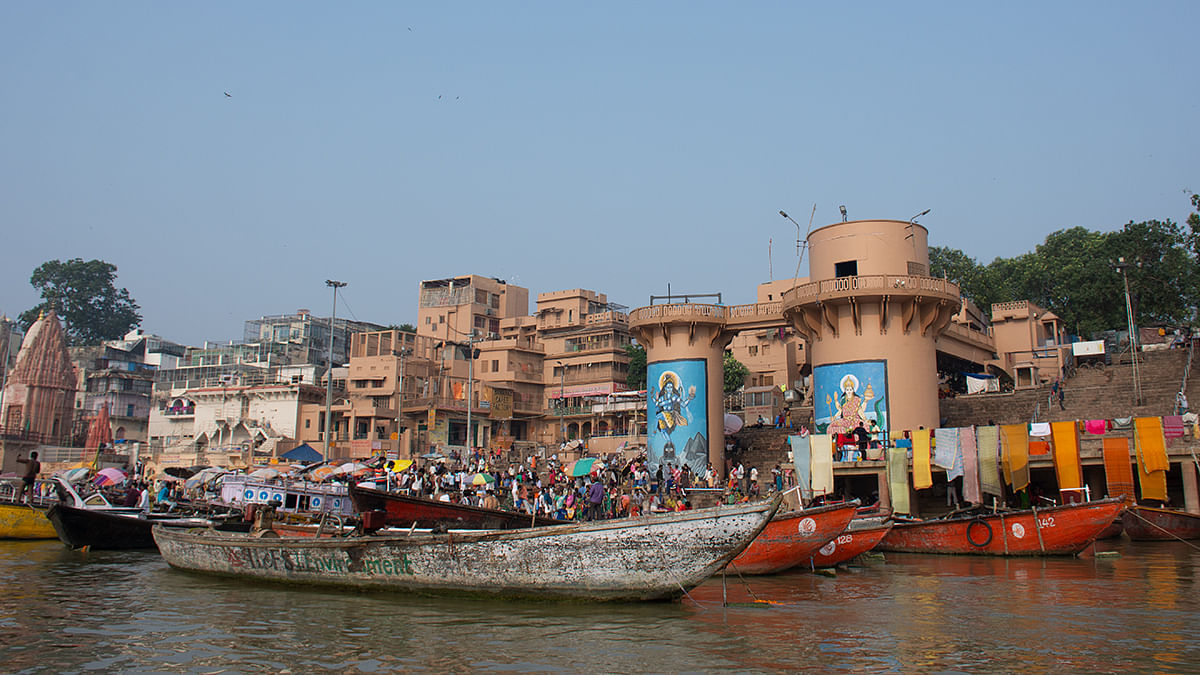
What the manifesto said: To ensure the cleanliness, purity and uninterrupted flow of the Ganga on priority.
Status: The Rs 20,000 crore Namami Gange Programme, an integrated conservation mission, was launched in June 2014. Although the government has been tom-tomming about how the river has become visibly clean, a Central Pollution Control Board study during the pre-monsoon phase in 2017-18 found that the water quality was clear or slightly polluted in just four out of the 41 locations studied. In the post-monsoon phase, the water quality was clear or slightly polluted in just one out of the 39 locations considered.
Urban areas
What the manifesto said: We will initiate building 100 new cities, enabled with the latest in technology and infrastructure.
Status: After the BJP-led NDA came to power in 2014, it changed tack. Instead of building 100 new cities, the government decided to launch the Smart City Mission, as part of which 100 existing cities were to be selected and made “smart” by infrastructural and technological interventions.
All 100 cities have been selected. Since the mission was launched in 2015, a total of 5,151 projects worth more than Rs 2 lakh crore have been envisioned. Of these, until December 2018, just 534 projects worth Rs 10,116 crore have been completed.
Also read: A ‘major’ hiccup in Modi’s rural housing target — 4 BJP-ruled states
Ram temple
What the manifesto said: The BJP reiterates its stand to explore all possibilities within the framework of the Constitution to facilitate the construction of the Ram temple in Ayodhya.
Status: There has been no final decision yet, and the contentious issue is still pending in the Supreme Court. On 8 March, the apex court set up a three-member panel to settle the Ram Janmabhoomi-Babri Masjid title dispute through mediation. The panel has been given 12 weeks to frame its views and submit a report to the apex court.
Jammu & Kashmir

What the manifesto said: 1) (Ensure) the return of Kashmiri Pandits to the land of their ancestors with full dignity, security and assured livelihood.
Status: No headway.
2) Long-pending problems and demands of refugees from Pakistan-occupied Kashmir will be addressed.
Status: On 1 March, the cabinet approved the promulgation of the J&K Reservation (Amendment) Ordinance, 2019, as recommended by the state, which will result in quota benefits to those living in areas adjoining the international border.
3) Abrogation of Article 370
Status: The matter is pending before the Supreme Court, which is hearing a clutch of petitions related to the abrogation of Article 370.
Also read: Land reform a game-changer that Narendra Modi government has overlooked
Uniform Civil Code
What the manifesto said: BJP reiterates its stand to draft a Uniform Civil Code (UCC), drawing upon the best traditions and harmonising them with the modern times.
Status: Although the law ministry in June 2016 asked the Law Commission of India to examine the feasibility of implementing UCC in India, the latter has said that it is not required at this stage.
The government, however, re-promulgated an ordinance to ban the practice of instant triple talaq earlier this year. While the Lok Sabha had cleared the bill to convert an earlier ordinance banning triple talaq, it was pending in Rajya Sabha, necessitating the re-promulgation of an ordinance.
Centre-state relations
What the manifesto said: Ensure fiscal autonomy of states while urging financial discipline. The moribund forums like ‘National Development Council’ and ‘Inter-State Council’ will be revived and made into active bodies.
Status: While the National Development Council has been disbanded, a governing council of chief ministers and administrators of Union Territories was formed in its place to create a better synergy between Centre and states.
Electoral reforms
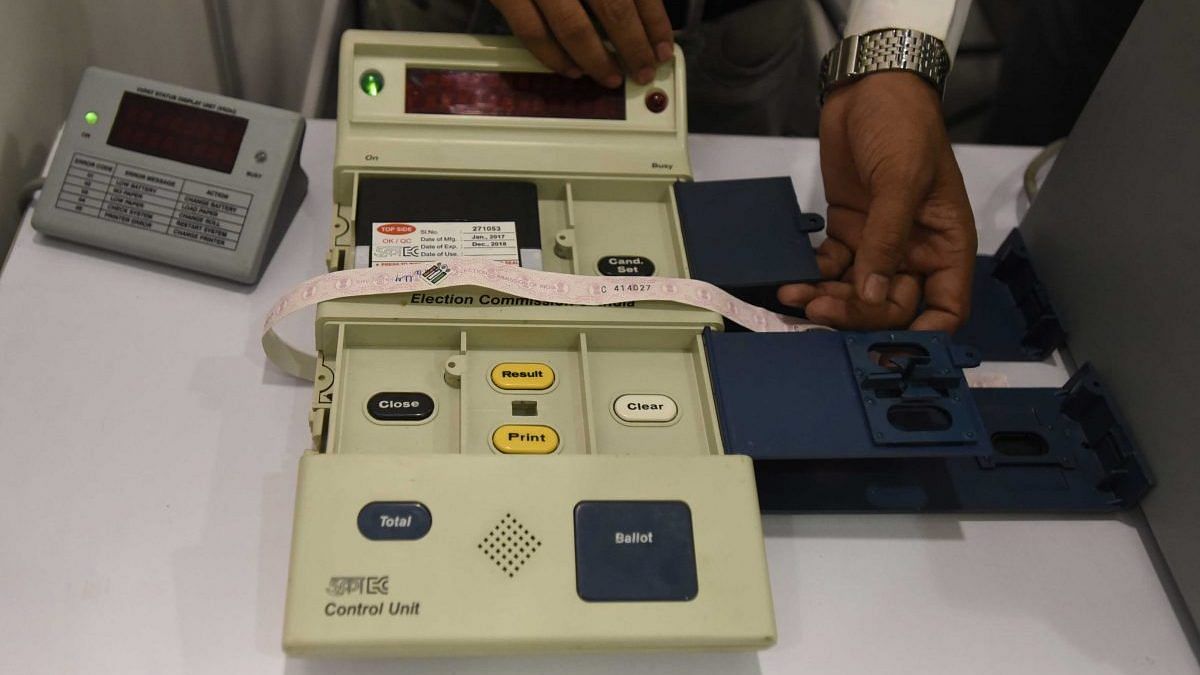
What the manifesto said: 1) The BJP will seek, through consultation with other parties, to evolve a method of holding assembly and Lok Sabha elections simultaneously.
Status: Despite deliberations, this has remained just a promise.
2) Look at revising expenditure limits realistically.
Status: The Election Commission last year recommended that a political party should limit its spending on a candidate to not more than 50 per cent of the candidate’s expenditure limit (Rs 70 lakh for Lok Sabha, Rs 28 lakh for assembly polls). The government is yet to accept the recommendation.


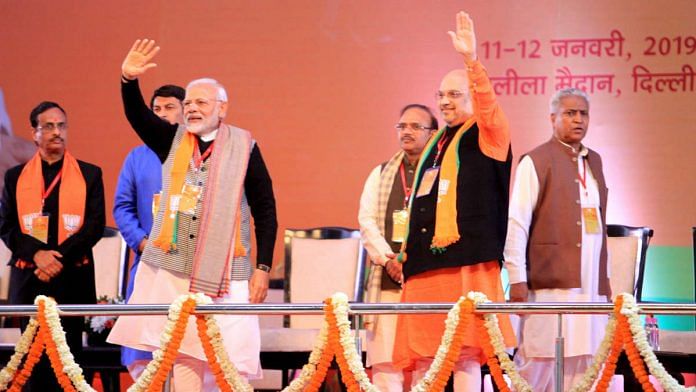

Totally godi media.
The Lobby is working over time to tarnish Modi. The fact is, I am 50 years old, Modi government is the best I have seen in my lifetime. The country needs Modi for another five years.
“ Mixed bag “, one fears, is too generous an assessment of the half decade gone by. On the campaign trail, its opponents would say Santa Claus’ sack proved to be empty, and they would not be far wrong. Whatever may be the claims, culminating in the recent tax payer funded media blitz, delivery has not matched promise. Take the LPG scheme for rural households. Electoral gains will be directly proportionate to how much each household feels it has benefited. From that POV, the Jan Dhan scheme has been worthless for financial inclusion.